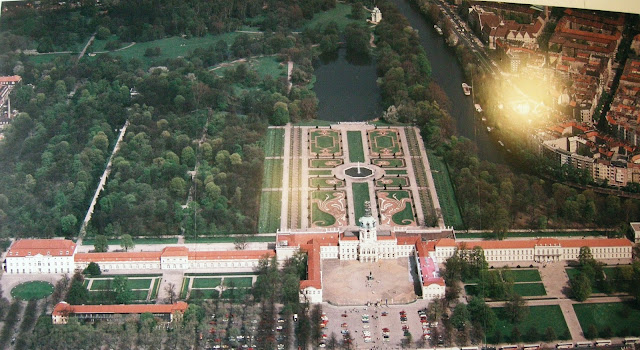September 27, 2012 Arrived in Görlitz!!!!
27th of September we arrived in Görlitz, Germany. It is the eastern most point of Germany!
What a great welcoming party--The Branch Members,
Elder Gibson, Elder Bangerter, Elder Colton and Elder Goodsell worked
all day decorating our apartment--except the kitchen which only had a
microwave and a hot plate--no sink, no refrigerator--pretty empty! President Kosak said we would be in our apartment on Thursday READY OR NOT! We
were so excited to arrive in Görlitz that we didn't care--as Elder
Bauman said, "We are PROUD to be HUMBLE!" Made us feel like real
missionaries!
Elder Gibson from Colorado Elder Bangerter from American Fork
Elder Colten from Boise, Idaho and Elder Goodsell from Virginia.
Wielandstrasse 19--we live directly over the Backerei on the 1st floor. On the right side with the orange brick is the kitchen window. The left side with the orange brick is a bedroom window. One half of the patio by the bedroom belongs to our apartment. We love the corner apartment and all of the windows.
Side view of the apartment--orange brick is kitchen window.
View from bedroom window--across the street. The buildings in Görlitz are architecturally beautiful. Our apartment was built in the late 1800s. Heating units are attached to the inside walls.
Out our window at the blossoming trees, our orchids, and our heating unit.
Mormon Street in Görlitz: Carl-von-.Ossietzky 5 active apartments and 1 inactive!
Looking down our street--Wielandstrasse. The first missionaries in Görlitz in 1910 lived on Wielandstrasse 5 which is across the street from us. We have come full circle.
View of trains from corner window. We are just 2 blocks from the train station.
View from kitchen and dinning window. Kinder riding park. Always locked unless a school class is in session. Note policeman. Bike riding is so important. Everyone rides bikes including 80 year old Grandmas. Bike take priority over pedestrians.
THE APARTMENT
Luckily the first night we had a bed. One week later the kitchen was installed!
Running water--yeah!
 .........and our refrigerator! Oh my, it was way too small! Thanks to Brother Seidel for the Big Refrigerator!
.........and our refrigerator! Oh my, it was way too small! Thanks to Brother Seidel for the Big Refrigerator! Then there was shopping and furnishing the apartment on the train! What fun trying to get every thing home. This took lots of trips!































































